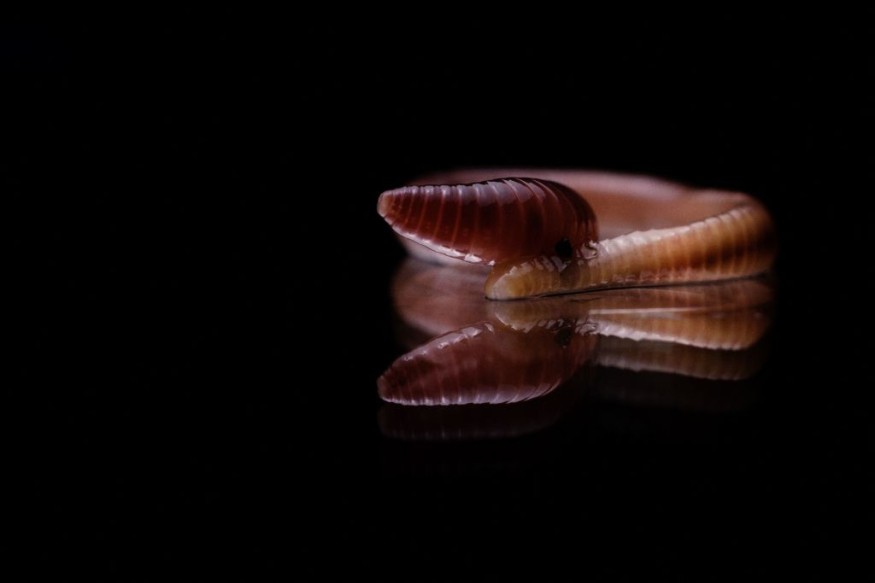Researchers successfully revived small ancient worms frozen for about 46 years in Siberian permafrost that can help scientists unlock the mystery of the evolutionary process long ago.
The scientists revived the frozen roundworms by giving them food and water.
The latest study was published in PLOS Genetics journal.
Discovering the existence of thousand years species and worms can help scientists understand their existence. The species of roundworms were reported to thrive during the Pleistocene time.
Small ancient worms

According to CNN and Sky News reports, the thousand years old roundworms were unearthed in the Siberian permafrost, located 40 meters deep.
The revival of the ancient worms amazed the scientist, especially after it was frozen in Siberian permafrost. The worms managed to exist together with mammoth populations.
The study's senior author, Prof. Teymuras Kurzchalia, explained that the event was like sleeping beauty, as the worms were frozen.
Professor Kurzchalia also serves as emeritus professor at Max Planck Institute's Molecular Cell Biology and Genetics.
According to the report, the revived small worms were dormant, noting they weren't dead. The report said that they were from the extinct Panagarolaimus kolymaensis.
The discovery and resurrection of the ancient roundworms showed the process of cryptobiosis.
Based on the report published by the University of Hawaii, cryptobiosis shows the long inactivity of species due to extreme conditions.
During the process, the report said the species could prevent metabolic function, including reproduction.
As mentioned in the study, other species that can undergo a cryptobiotic state are roundworms, plant seeds, microorganisms and brine shrimp.
Furthermore, professor Kurzchalia explained that the worms could have been in the Guinness World Record because they have been in a cryptobiotic state for a long time.
It is possible that the roundworms experienced extreme environments during their time.
More facts about cryptobiosis and roundworms
The report added that tardigrades and brine shrimp could undergo cryptobiosis.
Tardigrades refer to aquatic animals. The report added that about 1000 of the said species have been discovered.
Meanwhile, brine shrimps refer to marine species. What is more amazing about salty aquatic crustaceans is they can have dormant eggs, which could live in extreme environments.
Worms may be small, but they also have interesting facts. The record showed that there are about 2,700 different earthworms globally, according to University of Illinois Extension.
- Worms can move but they don't have arms or legs.
- One of the largest earthquakes was discovered in South Africa, measuring about 22 feet.
- Worms can also have the organs of a male and female. They are called hermaphrodites.
Did you now?
In a study published in Jstor, the researcher explained that cryptobiosis is also known as hidden life, in which some species could live under suspended animation. Experts used the other term like temporary death.
Related Article : Medieval Period Augustinian Monks had More Intestinal Worms Despite Clean Monasteries
For more similar stories, don't forget to follow Nature World News.
© 2025 NatureWorldNews.com All rights reserved. Do not reproduce without permission.





